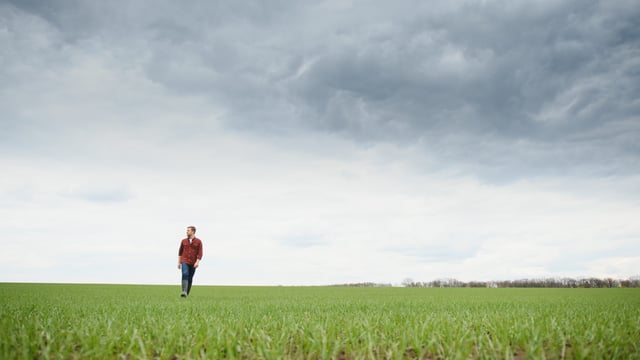Forage maize ticks all the tillage boxes
A strong case can be made for forage maize to be officially considered a bona fide tillage crop; it ticks so many boxes in this regard.
First off maize is an annual crop, centred on a plough-based production system.
But more than this, the crop is now seen as a vital option within a modern tillage rotation.
Much of this comes with the assumption that the harvesting slot for maize can be consistently brought back to a September/October window, rather than October/November.
If this can be achieved then it opens up myriad opportunities for tillage farmers to follow on directly with an autumn-planted cereal crops.
There is now strong evidence to show that maize crops with their deep rooting systems strongly facilitate the initial development of a subsequent cereal crop.
Also aiding this process is the residual levels of potash and phosphate that would still be in the soil, a direct result of the heavy manure and slurry applications that would have been applied prior to the spring planting of the maize crop.
And this is what happened in 2025. Making this a reality was a combination of an excellent growing season in tandem with the availability of new maize varieties that have been developed to better suit Irish growing conditions.
So much for the background; the reality is that Irish tillage farmers now recognise the potential to secure good margins from maize production, something that cannot be said for traditional grain options at the present time.
What’s more, there is a growing demand for maize from dairy and beef producers. Looking to the future, the role of the forage source as an energy source for the biogas sector cannot be overlooked.
Another key attraction of maize for tillage farmers is the ease of management associated with the crop.
Once it has been successfully established, it’s pretty much a case of shutting the gate and waiting for the harvest date to come around.
Maize is prone to very few disease pressures under Irish growing conditions.
Compare this scenario with the management of modern grain crops, where the issue of keeping disease threats at bay is a constant challenge for growers.
There are also precious few storage issues concerned, where the growing of maize is concerned.
In the vast majority of cases, tillage farmers will be able to sell the crop straight from the field on a fresh weight basis.
Plan B is to ensile the crop in a clamp.
And, finally, if one assumes that the acreage of forage maize grown continues to increase, then its presumed status as an officially recognised tillage crop would allow the country to more effectively secure the 400,000ha cropping area referenced within Ireland’s Climate Action Plan.





